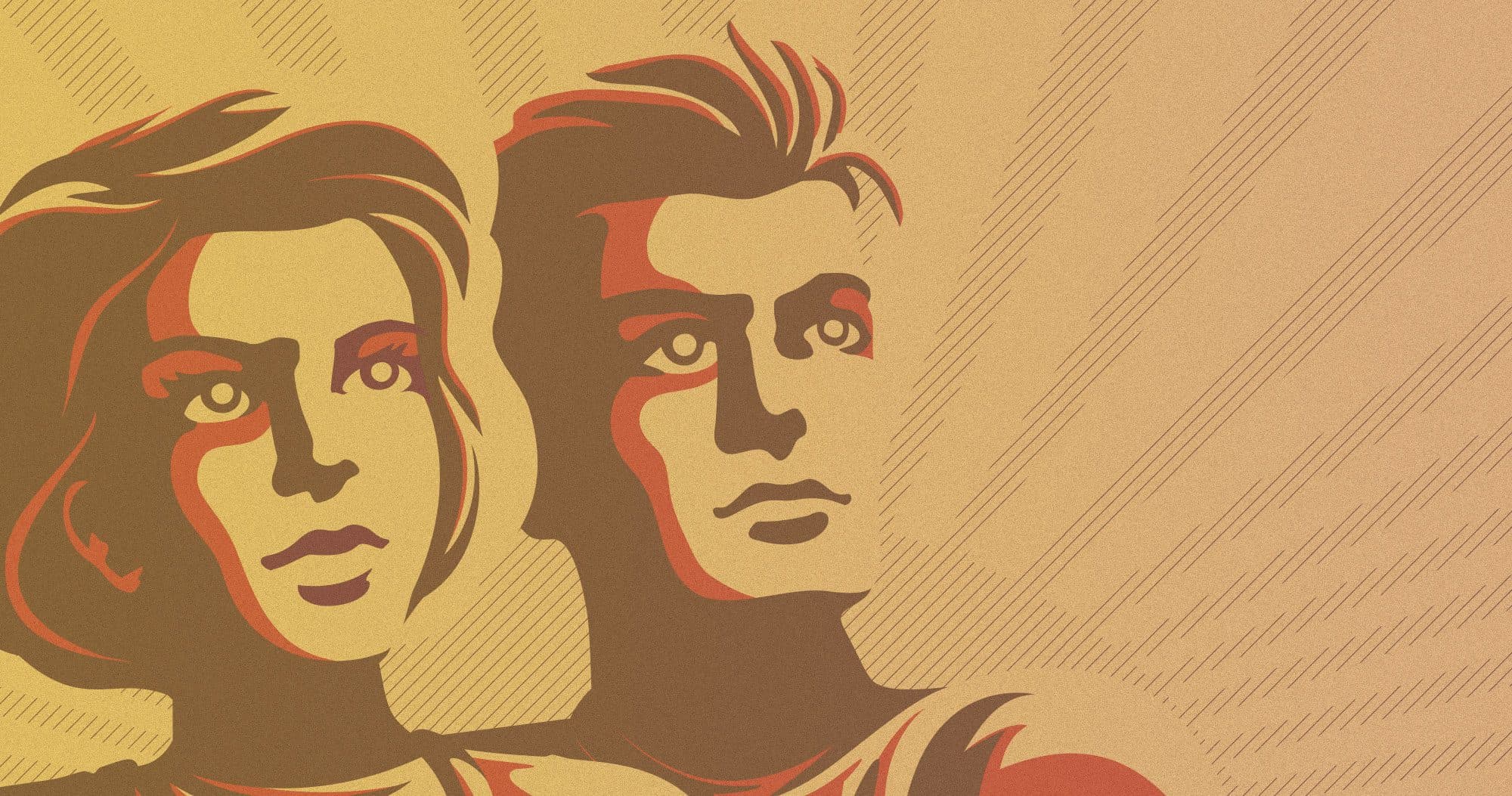What does a show about Cold War espionage have in common with our DNA?

Recently, FX aired the final episode of The Americans, a show that explored the complexity of truth, the beauty of love, and the tribulations of being a spy during the Cold War. The show is especially great at toying with the viewer’s sense of reality, in part because practically every episode involved some form of espionage, deception, spycraft, or camouflage.
Our bodies have their own undercover operatives, believe it or not. Pseudogenes are a little like “spies” in the genome, because they’re segments of DNA that masquerade as regular genes, but are really something entirely different.
There are approximately 3.2 billion base pairs (the As, Ts, Cs and Gs of a genetic sequence) making up just one copy of your DNA. Within those 3.2 billion bases are nearly 20,000 genes encoding different proteins—special molecules that are responsible for a wide variety of activities in our bodies. Before your genome is passed onto the next generation, it’s first copied and then recombines to produce a unique DNA sequence. This process is incredibly accurate and capable of almost perfectly recreating the genome. But sometimes it makes mistakes. One type of mistake is to accidentally duplicate a segment of DNA. You can imagine this as being equivalent to copying this paragraph down repeatedly and accidentally accidentally rewriting one of the words. Duplication like this can drive the generation of heritable pseudogenes.
The double agent
If pseudogenes are the equivalent of a spy, then pseudo-pseudogenes are the mysterious double agents. Recent research indicates that some pseudogenes have a DNA sequence that’s consistent with them being a pseudogene, yet they’re able to produce a protein. Exactly how many of these there are and what they do is not clear. But the discovery of pseudo-pseudogenes elevates the intrigue in this molecular game of cat and mouse3.
A pseudogene is exactly what it sounds like—a fake gene. Pseudogenes are typically produced when a gene is accidentally duplicated, but the new copy is not able to produce a protein. Why might this happen? When a gene is duplicated, there’s no guarantee that it will be duplicated perfectly or in its entirety. If an important part of the gene is left out or copied wrong, it could render the gene unable to produce a protein, which is when it becomes a pseudogene1,2.
On the surface, a good spy looks like everyone else. But upon closer inspection, you’ll find hints that the spy is not what they seem. The same is true for a pseudogene. The DNA sequence of a pseudogene is very similar to the sequence of the original gene and, at first glance, may look like it’s coding for the same protein. In order to determine if the gene is truly a protein coding gene or just an imposter, scientists have to carefully examine its DNA sequence and check to see if it can produce a protein. If it can’t, but the DNA sequence is nearly identical, then it’s a pseudogene. As it happens, scientists investigating this molecular game of deception have identified more than 14,000 possible pseudogenes in the human genome3.
Don’t be worried, though—pseudogenes aren’t necessarily a bad thing. The Americans encourages us to acknowledge that not everything in life is simple or straightforward; some characters are good in one episode, and bad in the next. Such is the case for pseudogenes. In the past few decades, scientists have found that some pseudogenes can both positively and negatively affect how other genes and proteins behave2.
In addition to potential roles in gene regulation, pseudogenes also have a role to play in evolution. In 1970, Dr. Susumu Ohno first proposed the idea that gene duplications gave life an opportunity to innovate and evolve. His rationale was that having two copies of a gene gave some flexibility, so that one could have its DNA sequence altered over time and it might be okay because there’s another (unaltered) copy. With this redundancy, he suggested, variants could accumulate in one of the copies and the gene may begin to take on a new identity of its own. In this way, a pseudogene can gain a new function, and a new identity4.
Good examples of this are the NOTCH2NL genes. Millions of years ago, these genes were copied from the NOTCH2 gene and initially were nonfunctional—they were pseudogenes. But over hundreds of thousands of years, humans evolved a number of changes in the DNA which caused these pseudogenes to gain a protein coding function and they took on a role regulating human brain development. Some have suggested that evolution of the NOTCH2NL precursor pseudogene into the NOTCH2NL genes may be the reason humans have developed larger brains relative to other primates5.
The Americans may be over, but the drama of discovering and investigating pseudogenes continues.